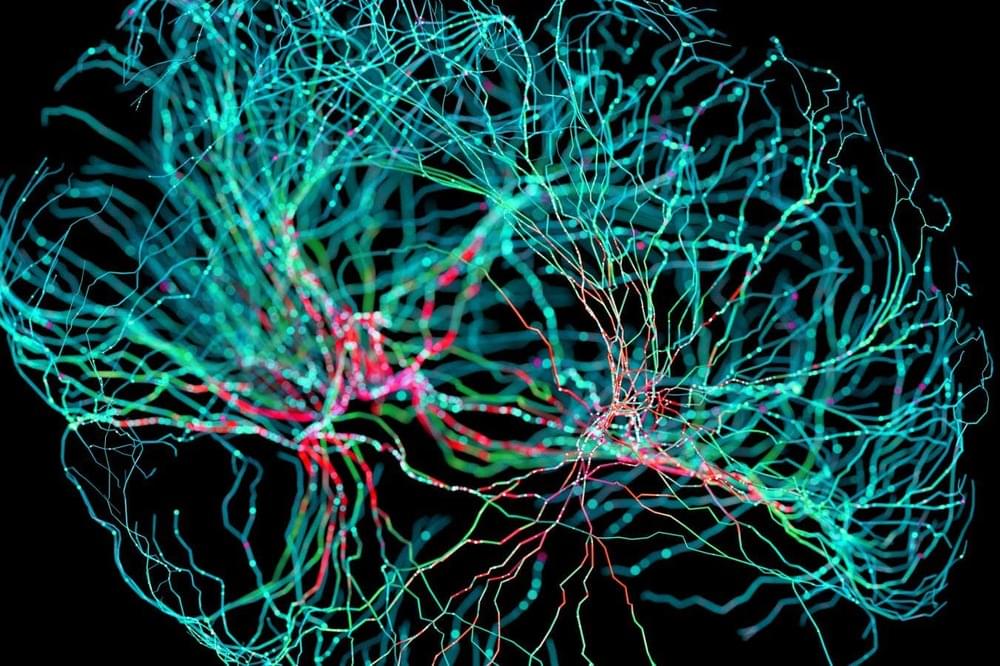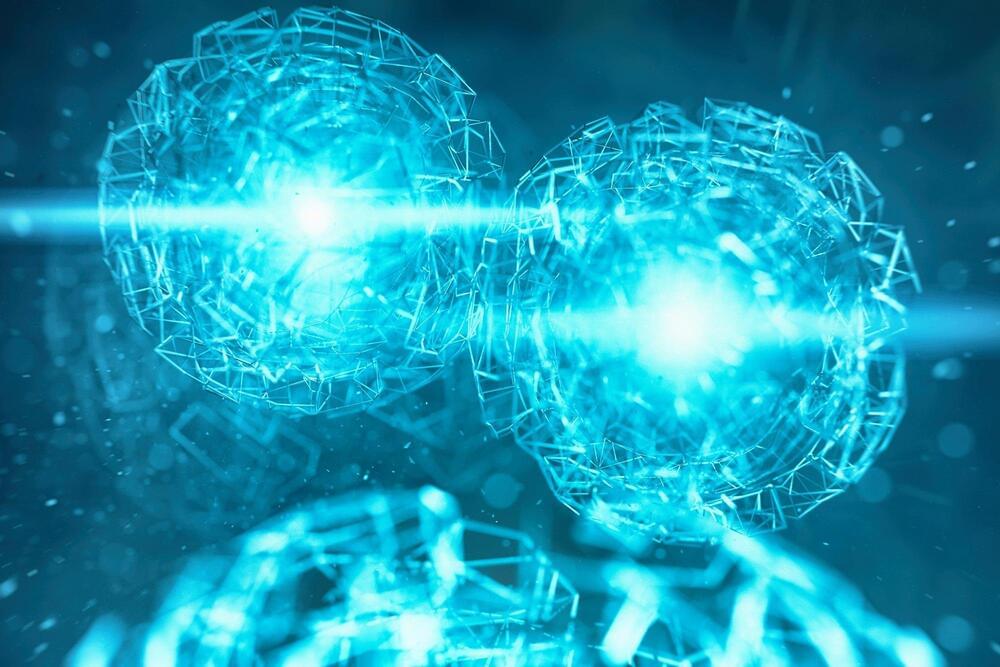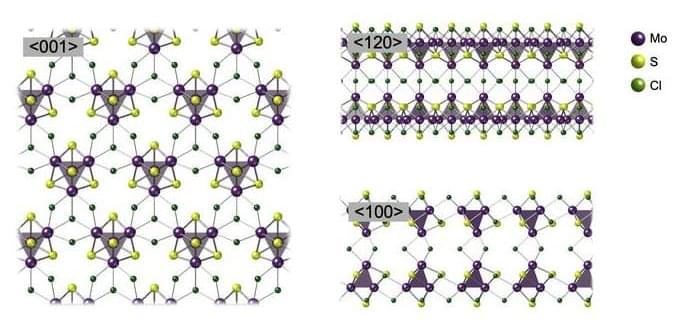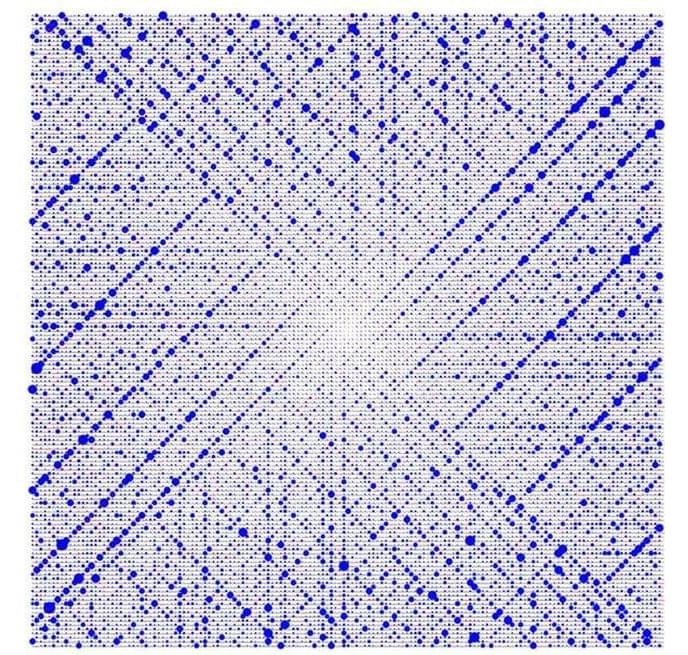Aug 2, 2024
Experiment uses quantum techniques to stimulate photons, enhancing search for dark matter
Posted by Saúl Morales Rodriguéz in categories: cosmology, particle physics, quantum physics
Scientists cannot observe dark matter directly, so to “see” it, they look for signals that it has interacted with other matter by creating a visible photon. However, signals from dark matter are incredibly weak. If scientists can make a particle detector more receptive to these signals, they can increase the likelihood of discovery and decrease the time to get there. One way to do this is to stimulate the emission of photons.
















